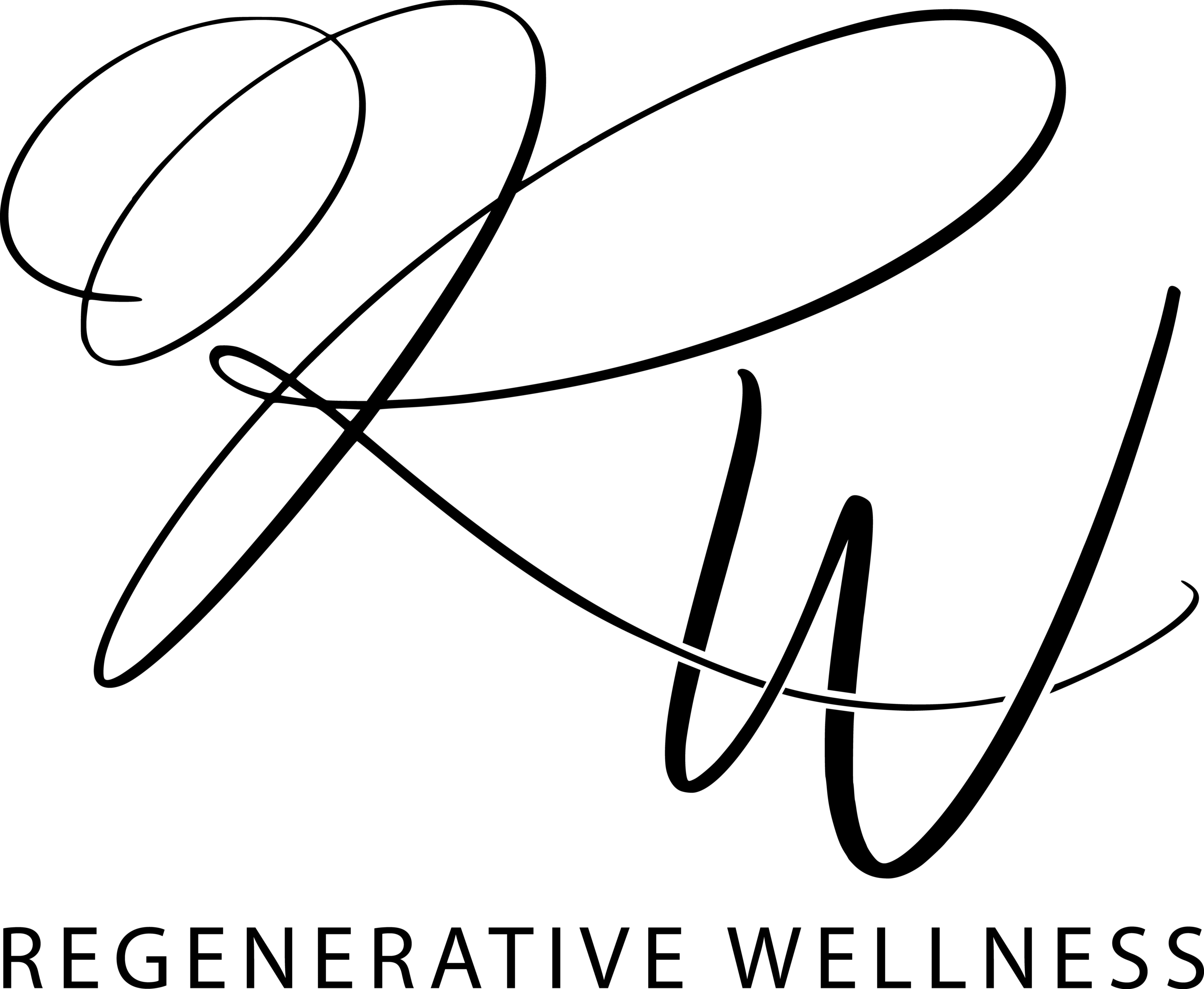Hydrogen Peroxide
What Is It?
Hydrogen Peroxide is a chemical compound consisting of water and an additional oxygen atom. It is a powerful oxidising agent widely used in cleaning, disinfecting, and sanitising. Due to its antibacterial, antiviral, and antifungal properties, it is an effective alternative to harsh chemical cleaners.
INCI (International Nomenclature of Cosmetic Ingredients)
Hydrogen Peroxide
Proper Storage & Shelf Life
Storage: Store in a cool, dark place, away from direct sunlight or heat to prevent it from breaking down. Hydrogen Peroxide can decompose over time, especially when exposed to light.
Shelf life: Typically 1-3 years when stored properly in a dark container. Once opened, it should be used within a few months for best efficacy.
Refined Or Unrefined
Hydrogen Peroxide is refined for purity and is available in various concentrations, commonly 3% for household cleaning and up to 35% for industrial use.
Is It Necessary?
Hydrogen peroxide isn’t strictly necessary for cleaning, but it’s a useful and effective option, depending on what you’re cleaning. It acts as a natural disinfectant, deodoriser, and stain remover, making it a great non-toxic alternative to harsh chemicals like bleach.
Texture & Consistency
Clear, colourless liquid with a slightly thin and watery texture.
Natural Scent Profile
Has a mild, sharp, slightly metallic odour, which is often barely noticeable when diluted.
Solubility & Compatibility
Water Soluble – Easily mixes with water, making it ideal for liquid cleaning solutions.
Benefits In Your Cleaning Products
Disinfectant: Kills germs on surfaces, making it effective for sanitising kitchens and bathrooms.
Stain Removal: Removes tough stains from fabrics, carpets, and tiles.
Deodorising: Neutralises odours, especially from mould and mildew.
Mold & Mildew Control: Helps clean and prevent mould growth in damp areas.
Food-Safe Cleaner: Can be used to clean fruits, vegetables, and food preparation areas when properly diluted.
PH
The pH of hydrogen peroxide (H₂O₂) depends on its concentration:
- 6% to 10% (hair bleach and stronger solutions) → pH around 3.5 to 4.5
- 3% (household hydrogen peroxide) → pH around 4.5 to 6 (slightly acidic)
- 30% (industrial strength) → pH around 3 (more acidic)
- Pure hydrogen peroxide (100%) → very unstable but pH is close to 0
Even though it’s slightly acidic, hydrogen peroxide is a strong oxidizer, making it effective for disinfection, bleaching, and cleaning.
Recommended Usage Rate
3% solution: General household cleaning and disinfecting.
5-6% solution: Stronger stain removal and mould treatment.
10-35% solution: Industrial-strength applications (use with caution).
Appearance
Clear, colourless liquid, typically packaged in dark containers to protect it from light.
Strengths
✅ Highly effective disinfectant without harmful residues.
✅ Breaks down safely into water and oxygen, making it eco-friendly.
✅ Removes stains naturally, including blood, wine, and mildew.
✅ Affordable and widely available.
Weaknesses
❌ Can cause skin irritation at high concentrations.
❌ Decomposes over time if exposed to light and heat.
❌ May bleach fabric and surfaces if not diluted properly.
❌ Less stable than other disinfectants like bleach.
Alternative Ingredients/ Substitutions
If you need similar cleaning properties, consider:
White Vinegar: Natural disinfectant and deodoriser.
Baking Soda: Abrasive cleaner and odour neutraliser.
Lemon Juice: Mildly acidic for stain removal and freshness.
Isopropyl Alcohol (Rubbing Alcohol): Strong disinfectant for surfaces.
Best Practices
• Always dilute to the appropriate concentration for cleaning tasks.
• Test on a small area before using on delicate surfaces like fabrics or wood.
• Use in a spray bottle for easy application on surfaces.
• Combine with baking soda for a powerful scrubbing paste.
• Avoid mixing with vinegar or bleach, as this can create harmful reactions.
Tips & Tricks
💡 For kitchen cleaning, mix equal parts hydrogen peroxide and water for an all-purpose spray.
💡 To remove mould and mildew, spray undiluted 3% hydrogen peroxide directly on affected areas and let sit before scrubbing.
💡 For laundry stain removal, apply a small amount directly to stains before washing.
💡 To disinfect cutting boards, wipe with hydrogen peroxide and let sit before rinsing.
💡 To clean grout and tiles, apply and let bubble for a few minutes before scrubbing.
Recommended Starter Amount
250-500ml (8.5-17 fl oz), depending on cleaning needs.
